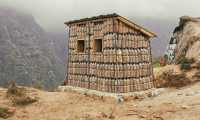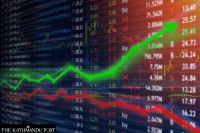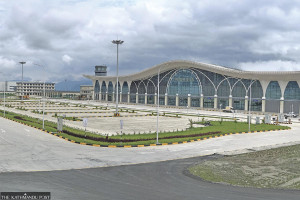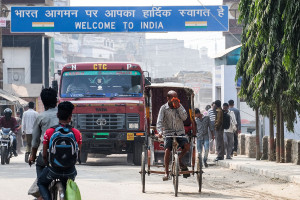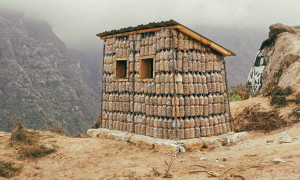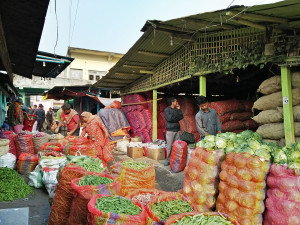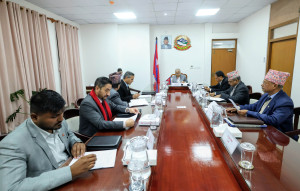Money
Inflation sinks to 21-year low on weak demand, stagnation
Economists say record-low 1.87 percent inflation reflects subdued spending, political uncertainty, and disruptions.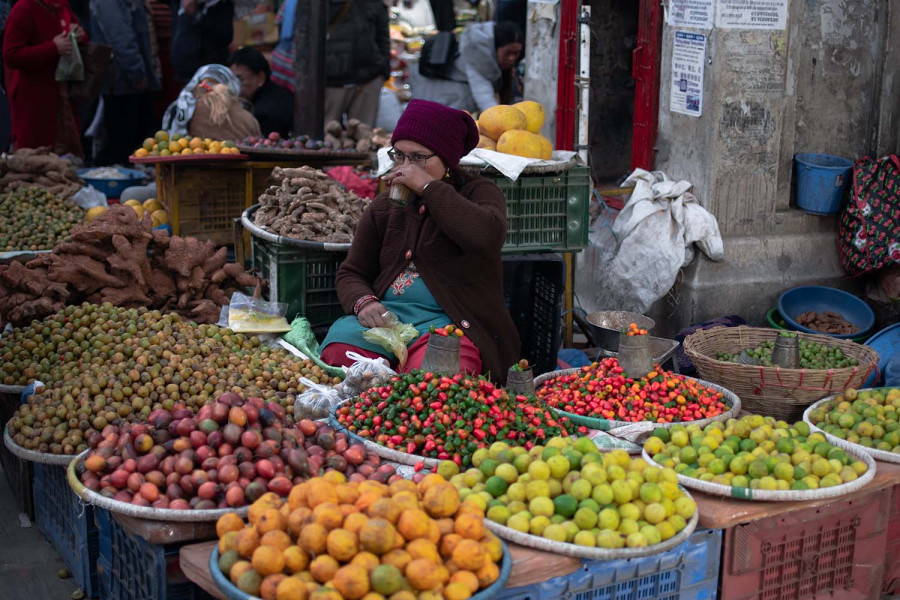
Krishana Prasain
Nepal’s inflation fell to a 21-year low in September, marking one of the weakest readings on record, as subdued domestic demand reflected a faltering economy weighed down by corruption, political instability, and a growing outflow of students and migrant workers.
According to Nepal Rastra Bank, the country’s central bank, inflation stood at 1.87 percent in mid-September, down from 3.86 percent a year earlier. The last time inflation was this low was during mid-May to mid-July of fiscal year 2003–04, when it measured 1.8 percent.
Kiran Pandit, spokesperson for the central bank, said inflation had dropped sharply due to weak domestic consumption. “The recent political uncertainty, along with floods and landslides, has further curtailed spending,” he said.
Analysts say the exodus of Nepali migrant workers and students abroad also affected consumption.
Nepal’s foreign exchange reserves reached a record $20.41 billion in mid-September, suggesting that much of the money flowing into the country is sitting idle in banks instead of circulating through the economy.
Economists say this trend has dampened consumption, a key driver of growth.
Central bank data show that food and beverage inflation fell by 1.34 percent, while non-food and service inflation stood at 3.70 percent in the review month. By contrast, the price indices for these categories had risen 5.06 percent and 3.19 percent, respectively, in the same period last year.
Economic challenges, including declining income levels, growing unemployment, and increased youth migration, have resulted in stockpiles of unsold dairy products and farmers remaining unpaid for months, according to dairy producers, indicating a long-term recession in the dairy industry.
“The inflation figure of 1.87 percent is historically low and doesn’t capture the real picture,” said economist Pushkar Bajracharya. “Prices may not be rising rapidly, but for many households, the cost of living still feels high.”
Economists attribute the sharp decline in inflation partly to last month’s Gen Z protests, which brought cities to a halt and dampened consumer activity. The protests, which began on September 8 and escalated into violent clashes and widespread destruction of public and private property, prompted the Nepali Army to impose curfews in several districts, disrupting business for days.
“As spending gradually picked up during Dashain, we might see a slight increase in inflation in the coming months,” Bajracharya added.
Economic activity in Nepal usually surges in September and October, when major festivals such as Dashain, Tihar, and Chhath drive up household spending. Economists estimate that 40 to 70 percent of annual market transactions take place during this festive season.
However, this year, monsoon-related disasters disrupted supply chains and pushed up the prices of essential goods. Floods and landslides at the start of October caused vegetable prices to spike.
During the festival, rice prices rose by around Rs100 per 25-kg sack, and edible oil became costlier by Rs10-15 per litre.
Traders said that many Dashain-targeted goods, particularly low-cost items imported from China, were stranded at the border for months due to natural disasters on the Nepal side.
The Kerung border, a key northern trade point, has stayed closed since July 8, when flash floods swept away the border bridge on the Kerung-Rasuwagadhi trade route. Alternative routes have proven risky, with ongoing landslides and floods further impeding transport.
“Many of the goods meant for the Dashain market never made it to shelves,” traders said.
Economists also note that official inflation data often differ from the public’s experience. “When prices rise sharply for certain essentials, people think inflation is higher than what national figures indicate,” said Bajracharya.
Under the food and beverage category, year-on-year data show mixed trends. Prices of ghee and oil rose 11.09 percent, non-alcoholic drinks by 3.97 percent, and milk products and eggs by 2.66 percent. By contrast, prices of vegetables fell 12.74 percent, spices by 6.31 percent, and pulses and legumes by 3.58 percent.
Among non-food and services, inflation remained high in education (7.67 percent), clothing and footwear (6.29 percent), tobacco products (4.84 percent), and furnishing and household equipment (4.55 percent).
Geographically, rural inflation stood at 1.73 percent, while urban inflation reached 1.91 percent. Across provinces, Koshi recorded the highest inflation at 2.99 percent, while Sudurpashchim Province had the lowest at 0.88 percent.
Economists warn that Nepal’s economy has slowed significantly over the past few years, with little policy intervention to stimulate growth. “The government has not implemented any decisive economic measures,” said one economist. “The ongoing political turmoil has only deepened uncertainty.”
Nepal’s inflation has fluctuated widely in recent years.
In October 2021, it was 4.24 percent, rising to 7.11 percent by December. The upward trend continued through 2022, peaking at 8.64 percent in September, the highest in 74 months.
Inflation began easing in late 2023, dropping to 5.38 percent in November from 7.50 percent in October, and has since continued its downward trajectory, culminating in this year’s record-low reading.




 11.12°C Kathmandu
11.12°C Kathmandu



